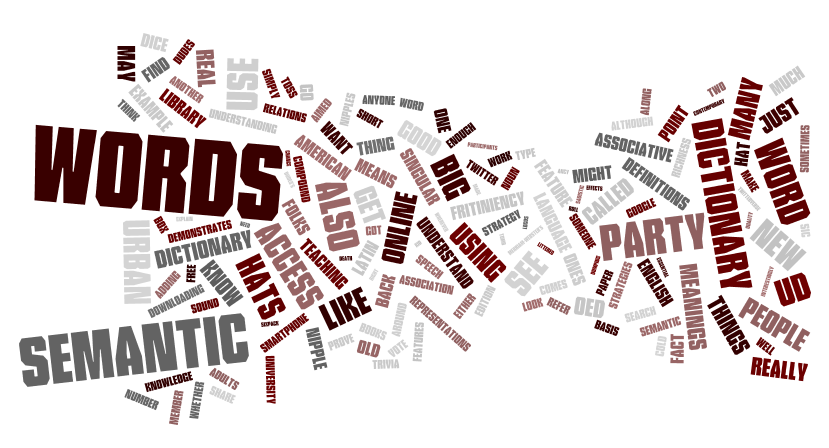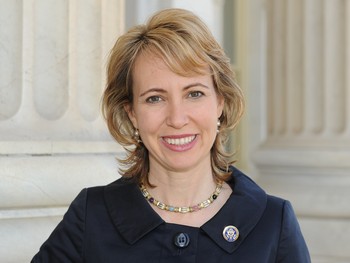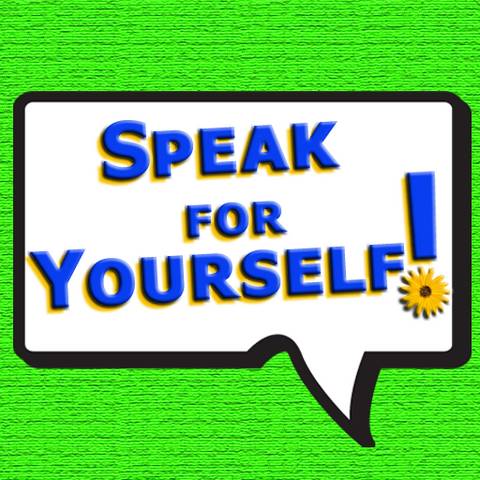When you’re new to the world of speech therapy, learning the new terminology can be overwhelming. Always ask your child’s speech-language pathologist (SLP) to rephrase something if you have trouble with it. You can also stop by your local library and pick up some books on speech therapy. Many speech therapy books offer a simple breakdown of the basics. Here’s a quick reference guide to help you get started sorting out the terms. You can also review our previous post on speech therapy acronyms.
Preparing for the Resolution Meeting
Legal IssuesIf you do not agree with the school district’s proposed Individualized Education Program (IEP) for your child, you can try to negotiate with them. If that fails, you have the option to file for due process, which is a legal procedure by which disputes are resolved. There are several different components to due process. The reauthorization of the Individuals with Disabilities Education Act (IDEA) in 2004 mandated that the first step in due process must be a resolution meeting. Resolution meetings are similar to mediation in that the primary objective is to work out differences before resorting to a formal hearing. However, you should be aware that there is no neutral third-party present to moderate the discussion.
Speech Therapy Jargon: Acronyms
Legal Issues Speech TherapistWhen you’re a military wife (or husband), you learn a whole new vocabulary. Sea bag. DITY. AWR. GI party (which is most certainly NOT a party). When your child is diagnosed with a speech disorder or delay, it’s pretty similar. You’ll have a lot of terminology to absorb, acronyms to memorize, and at-home speech therapy techniques to use. Not to mention all the legal jargon associated with the process to get your child into special education. Here’s a quick reference guide to help you grasp the basics of speech therapy acronyms. It’s purposefully not in alphabetical order; in most cases, each subsequent acronym adds to the information given for the preceding acronym.
Gabby Giffords: The Long Road to Recovery
NewsOn June 19, 2012, Ron Barber was sworn in to the House of Representatives. The former aide to Representative Gabby Giffords took her seat after winning a special election following Giffords’ resignation earlier this year. Gabrielle Giffords became a national hero on January 8, 2011, when she survived an attempted assassination. She suffered a gunshot wound to the head, which severely affected her abilities to perform basic functions, like speaking. The resultant speech disorder, called aphasia, impaired her ability to find the right words and speak in complete sentences. Giffords faced an incredibly arduous, long recovery.
The Latest in Apps: Speak for Yourself
NewsEducational apps can help your child expand his vocabulary, improve his articulation skills, and learn how to use complete sentences. Some apps even function as augmentative and alternative communication (AAC) devices, giving a voice to nonverbal children and those with limited speech. One of these AAC apps, Speak for Yourself, is in the middle of a patent dispute that threatens to eliminate this means of communication for nonverbal children.
The Basics
Who: Apple Inc., the company that produced the app, and Prentke Romich Co., together with Semantic Compaction Systems (PRC/SCS).
What: PRC/SCS have filed a patent lawsuit alleging that Apple is guilty of patent infringement and copyright infringement.
Why: PRC/SCS have taken issue with Speak for Yourself’s use of multiple meanings associated with one icon. For example, an apple could represent “red” or “eat.”





